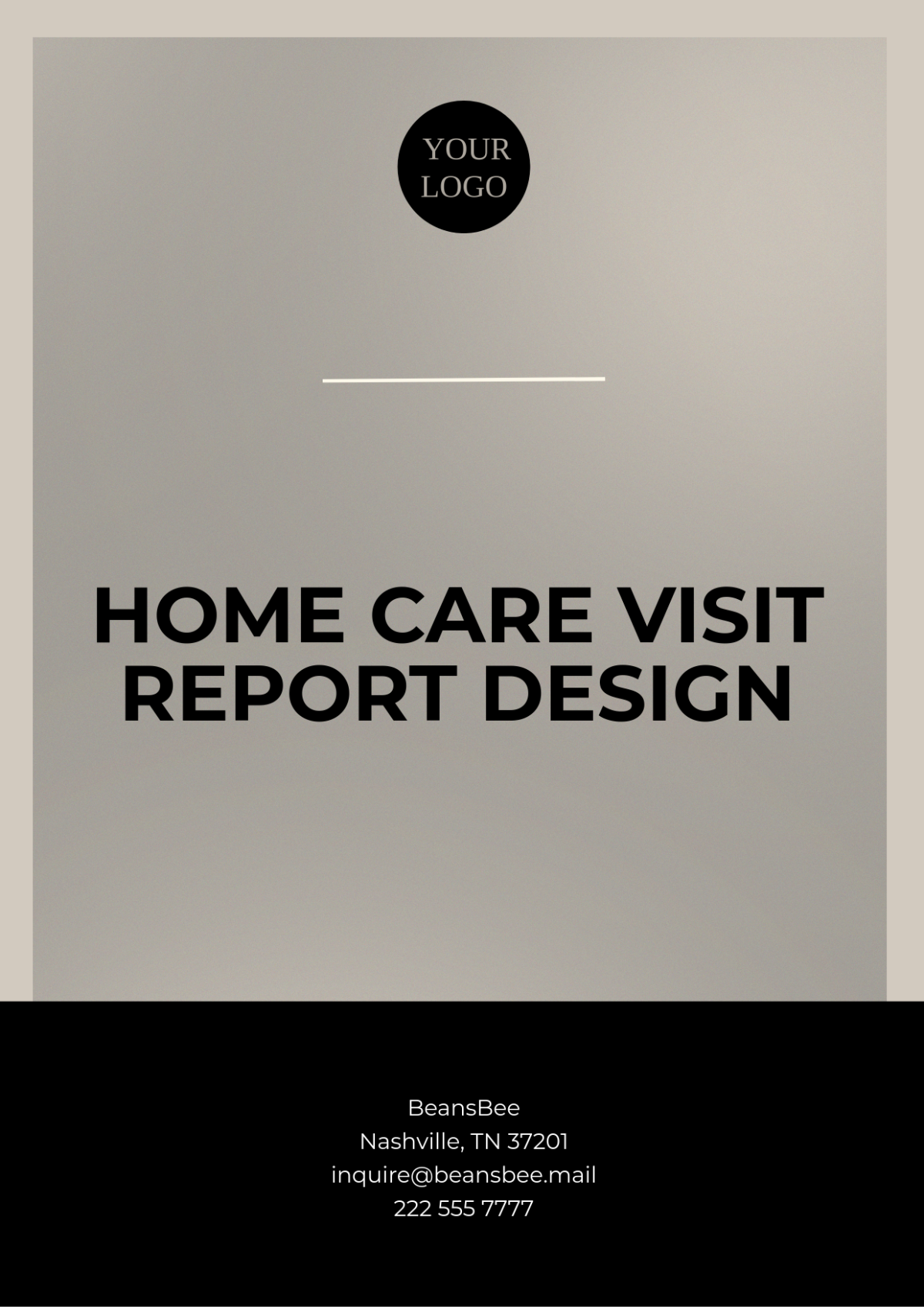Editable Project Report Design
Prepared by: [YOUR NAME]
1. Introduction
This report outlines the comprehensive design structure for an editable project report. The goal is to provide a versatile and reusable template that facilitates the organization and presentation of project data. This template can be adapted for a variety of project types and industries.
2. Executive Summary
The editable project report design serves to streamline project documentation processes. It provides a standardized format that enhances clarity and ensures consistency across reports. The design includes sections for project objectives, methodology, results, and recommendations.
3. Project Objectives
Project objectives form the basis of any project design. They define the purpose and the expected outcomes. It is crucial to clearly articulate these objectives at the beginning of the report to align all stakeholders.
3.1. Specific Objectives
Provide a clear project overview for stakeholders.
Ensure a consistent format for presenting project data.
Facilitate easy editing and updates to the report content.
3.2. Long-Term Goals
Establish a reusable reporting template for future projects.
Support organizational documentation standards.
Enhance communication efficiency within project teams.
4. Methodology
The methodology section outlines the approaches and processes undertaken to collect and analyze project data. Understanding this section allows stakeholders to evaluate the validity and applicability of the project findings.
4.1. Data Collection Methods
Data collection is a pivotal part of project work. The methods used are determined by the project scope and objectives.
Method | Description | Pros | Cons |
|---|---|---|---|
Surveys | Utilizing questionnaires to gather data from a specific population. | Cost-effective, broad reach. | Potential low response rate, possible biases. |
Interviews | Conducting personal interactions to obtain detailed information. | Rich, detailed data. | Time-consuming, limited sampling size. |
Focus Groups | Group discussions facilitated to gain insights into perceptions and opinions. | Explorative, interactive. | Dominant participant bias, groupthink. |
5. Results
This section presents the main findings from the project. The results are organized in a manner that best communicates the data and its relevance to the project objectives.
5.1. Key Findings
The project design significantly increased efficiency by 20%.
Stakeholder engagement improved with standardized reporting.
Consistent data presentation enhanced project analysis quality.
5.2. Data Interpretation
The interpretation of data results is crucial as it provides the context for understanding what the numbers mean for the project and its stakeholders. This can highlight areas of success and those needing improvement.
6. Recommendations
Based on the results obtained, a series of actionable suggestions can be formulated. These will guide future actions and project decisions.
6.1. Short-Term Recommendations
Revise current project templates to include new standards.
Conduct workshops to train staff on using the new template effectively.
Implement a feedback loop for continuous improvement of report design.
6.2. Long-Term Recommendations
Integrate project reports into a centralized project management system.
Regularly update the format to align with industry best practices.
Foster a culture of documentation accuracy and completeness.
7. Conclusion
The implementation of a detailed, editable project report design is a strategic initiative that can yield significant improvements in project management and execution. Having a clear and concise template can enhance communication, facilitate stakeholder engagement, and ultimately contribute to the success of any project.





































